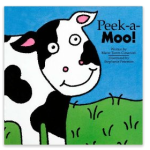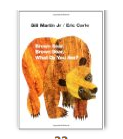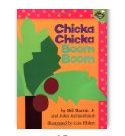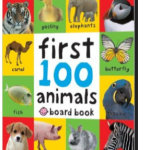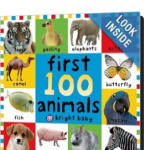Three Ways to Boost Language Skills With Story Time!
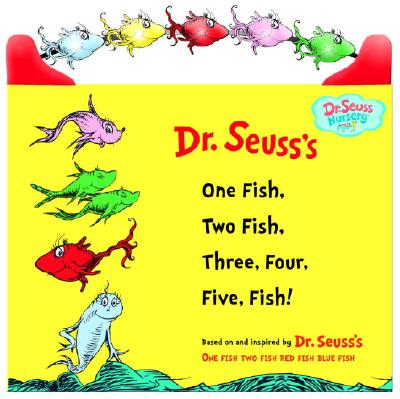
Story Time Is An Excellent Opportunity to Engage Your Child and Boost Language Skills. Here Are Some Favorites. Source: Betterworldbooks.com
Goodnight Moon, Charlotte’s Web, Dr. Seuss! These and other perennial favorites are excellent book choices when it comes to reading to your child! There are so many books available for children, parents are often confused what books to check out at the library, or what books to purchase that will both entertain their child and make important connections in early language skill building. But, equally as important as the book content alone when it comes to building language skills, is HOW you read to your child. The interaction itself is what makes an impact. Some suggestions in improving the quality of reading to your child include, follow your child’s lead, ask questions to see help your child feel connected to the story and encourage your child to talk about the story and how it may relate to his or her life. Take time to talk about the letters, sounds, shapes in the story. Each of these is a crucial component to building language skills. Check out our six favorite basic books to boost language skills in your child.
Reading comprehension is a critical piece of successful language building and long-term academic success. Early language experiences, such as reading books with your child provide the necessary fuel for successful reading and language skills as your child gets older. But exactly what kind of books should you get? Does it matter? There are three categories to look for when searching for books to boost language skills. They are Interactive Books, Repetitive Books and Vocabulary Building Books.
Three Categories of Books to Boost Language Skills:
Interactive Books: In other words, books with moving parts. These type of books use text, sound and movement to inspire action. Books with flaps to open or tabs to move or pop-ups help teach children how to participate, even if they do not yet have the verbal skills. In addition to teaching language skills, they are adding a comprehension element to it. These books challenge the listener to do more than just listen, instead these books ask your child answer questions and follow simple instructions. Two favorites include:
| Peek-a-Moo! by Maria Torres Cimarusti, illustrated by Stephanie Petersen. | |
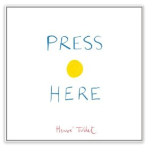 |
Press Here by Herve Tullet |
Repetitive Books: These are books that have a repetitive phrase or words that repeat several times throughout the story, often told in a rhythmic fashion. Repetitive books help young children become active participants in read-aloud time by being able to anticipate what comes next. As your child gets older, he will recognize the words on the page over and over again, and the words will become sight words as they begin to read. Some great examples include:
| Brown Bear, Brown Bear, What Do You See? by Bill Martin, Jr., Illustrated by Eric Carle. | |
| Chicka, Chicka, Boom, Boom by Bill Martin, Jr., John Archambault, Illustrated by Lois Ehlert. |
Vocabulary Building Books: These books are usually great big board books with pictures of objects for your child to identify. Some favorites include bright drawings of teddy bears, furry animals, trains and toys in everyday situations. Children can relate to images that they see every day. Look for books with eye-catching illustrations that help capture your child’s attention and make the learning experience fun and interactive. A few suggestions:
| First 100 Animals, Roger Priddy | |
| First 100 Words, Roger Priddy |
These are a few of ours! What are some of your favorite books to read to your child?


